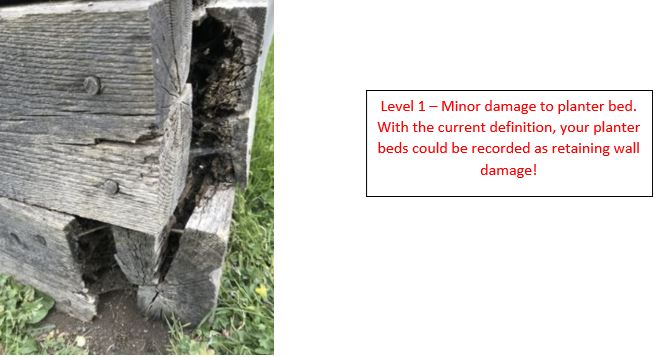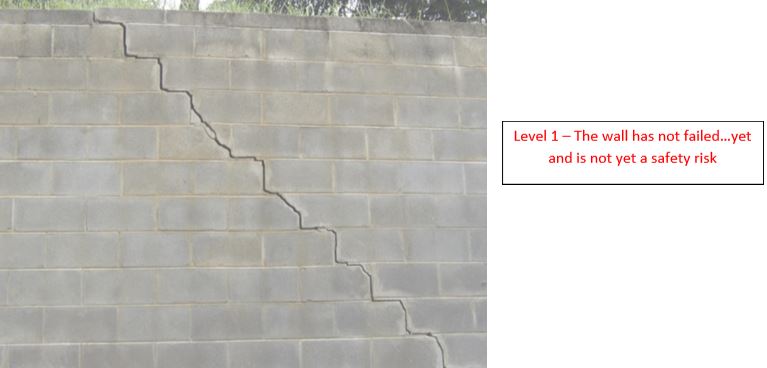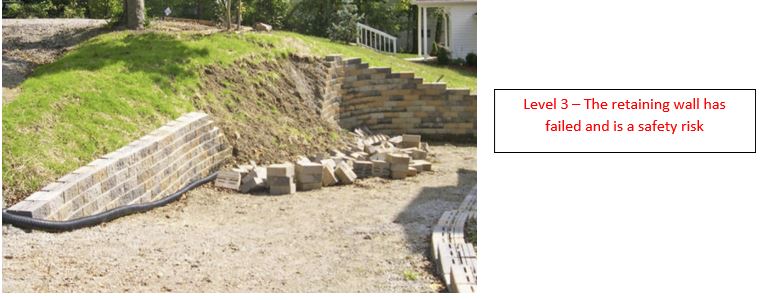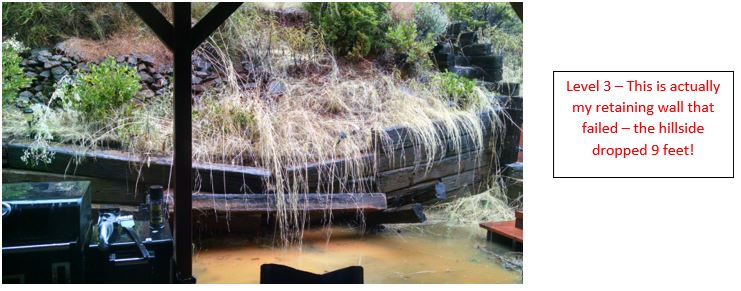Happy New Year!
In this January 2022 issue of our HUD-REAC Monthly Newsletter, I am going to explain how HUD defines retaining walls and the levels of deficiencies associated with this inspectable area.
Our HUD-REAC/UPCS Webinar Training Registration is OPEN!
We are limited to 100 attendees – Click below to register today:
HUD-REAC/UPCS Webinar Training Registration
Site: Retaining Walls:
HUD’s Definition: A wall built to support or prevent the advance of a mass of earth or water.
- This definition, as you can see, is extremely vague.
- For some inspectors, a retaining wall could be a planter bed or even a parking lot curb!
- NSPIRE’s current definition (nothing is set in stone yet) is:
- For the purpose of this inspection, a “Retaining Wall” is only classified as such if it is at least 24 inches tall and does not include decorative planters or foundation wall.
- This definition, if it remains unchanged, is a drastic improvement on the current one!
Deficiency Levels:
Level 1: A retaining wall shows some signs of deterioration, damage, falling or leaning, but it
still functions as it should, and it is not a safety risk.
Level 2: N/A
Level 3: A retaining wall is damaged AND has failed OR is a safety risk
**Essentially, this means that any minor damage, from a crack to a missing block, is a Level 1. If the wall has failed OR is a safety risk, it’s a Level 3**





